Filler up? Tiny Tweaks Can Make a Big Difference
You know it when you see it. Those distinct chipmunk cheeks characterize something you never want reflected in your own mirror: too many dermal fillers.
Dermal fillers are easy to spot when misused—we’ve all seen cringeworthy before-and-after photos of Hollywood stars. But when expertly injected, dermal filler should imperceptibly draw out the natural beauty in your face. Instead of seeing filler, people will notice your radiant smile or bright eyes in a new way. Good fillers are invisible fillers.
How Can Dermal Fillers Help Me?
Many visible signs of aging can be traced back to loss of volume. Our lips thin, lines appear around our nose and mouth, and our cheeks begin to look a little hollow. Dermal fillers can help by replacing lost volume to accomplish the following:
Smooth deep under-eye circles
Lift cheekbones
Plump lips
Smooth lip lines
Rejuvenate hands
Soften the look of recessed scars
These treatments should create natural results, not artificially enhance or exaggerate features. So, before you book a treatment, you may want to consider your whole face—not just that problem spot you’re eager to treat. When we only focus on individual areas (just the nasolabial folds, for example) it can unintentionally distort your features. Instead, I recommend requesting a complete facial aesthetic assessment prior to any treatment to ensure you maintain balance and harmony in your whole face.
What Are Dermal Fillers, and How Do They Work?
Dermal fillers are soft, gel-like substances that are injected under the skin to restore volume. And don’t confuse fillers with neuromodulators like Botox and Dysport. Neuromodulators relax muscles, preventing movement so the creases can’t come together; fillers smooth, lift and plump to support the tissue thus filling the creases. Think “relaxed” versus “plumped.”
Collagen used to be a common dermal filler, but these days there are many options, including products that contain hyaluronic acid (e.g. Juvederm, Restylane), calcium hydroxylapatite (Radiesse), polycaprolactone (Ellansé) and poly L lactic acid (Sculptra).
Most fillers now used are the hyaluronic acid varieties, and for good reason. Hyaluronic acid is a naturally occurring substance found in our skin. This important molecule can hold a thousand times its weight in water, and it’s essential to keeping our skin hydrated and plump. However, our bodies produce less hyaluronic acid as we age.
Thanks to its ability to store moisture, hyaluronic acid is used topically in creams and serums. Yet these products can't restore lost volume—only injectable hyaluronic acid can. Once injected, dermal fillers can add to your body’s natural plumping action and replenish your body's natural production of hyaluronic acid.
One major benefit of hyaluronic acid fillers is that when injected they can be dissolved by a special solution in case of an adverse event or if the person dislikes the appearance. And as a bonus, most hyaluronic acid fillers are premixed with a numbing agent to make treatments as comfortable as possible. (Can I get a “yay!” for medical advancements?) Hyaluronic acid fillers last from nine months to eighteen months before being gradually absorbed by the body.
What Should I Know Before I Book a Treatment?
Choosing the right type of dermal filler requires the guidance of an experienced provider as well as familiarity with the variety of available fillers and their respective injection techniques. Your provider should thoroughly evaluate any specific areas of concern, understand what you hope to get out of the procedure and review what to expect before, during, and after the treatment to ensure the best outcome.
Dermal filler treatments usually take 20-40 minutes, with the amount of dermal filler needed depending on your personalized plan. You will see results immediately after treatment.
Treatment side effects can include swelling, bleeding and bruising. (Before your treatment, discontinue using aspirin, ibuprofen and supplements such as vitamin E, fish oils, gingko biloba and ginseng since they can contribute to bleeding.) Other potential post-treatment problems include lumps, inflammation, filler migration to another site and infection. That said, dermal fillers are generally very safe when injected by a trained provider. So do your homework to ensure you get the safest and most aesthetically pleasing results possible!
Remember, Tiny Tweaks Can Make a Big Difference
You might have a punch list of issues you think dermal fillers could address or simply want to look less blah. That’s ok. A trained provider can help you decide if and how to use dermal fillers to refresh your face and highlight your natural beauty.
Subtle, nearly imperceptible changes can make you love your face in a whole new way!
Emily Giddings, RN


